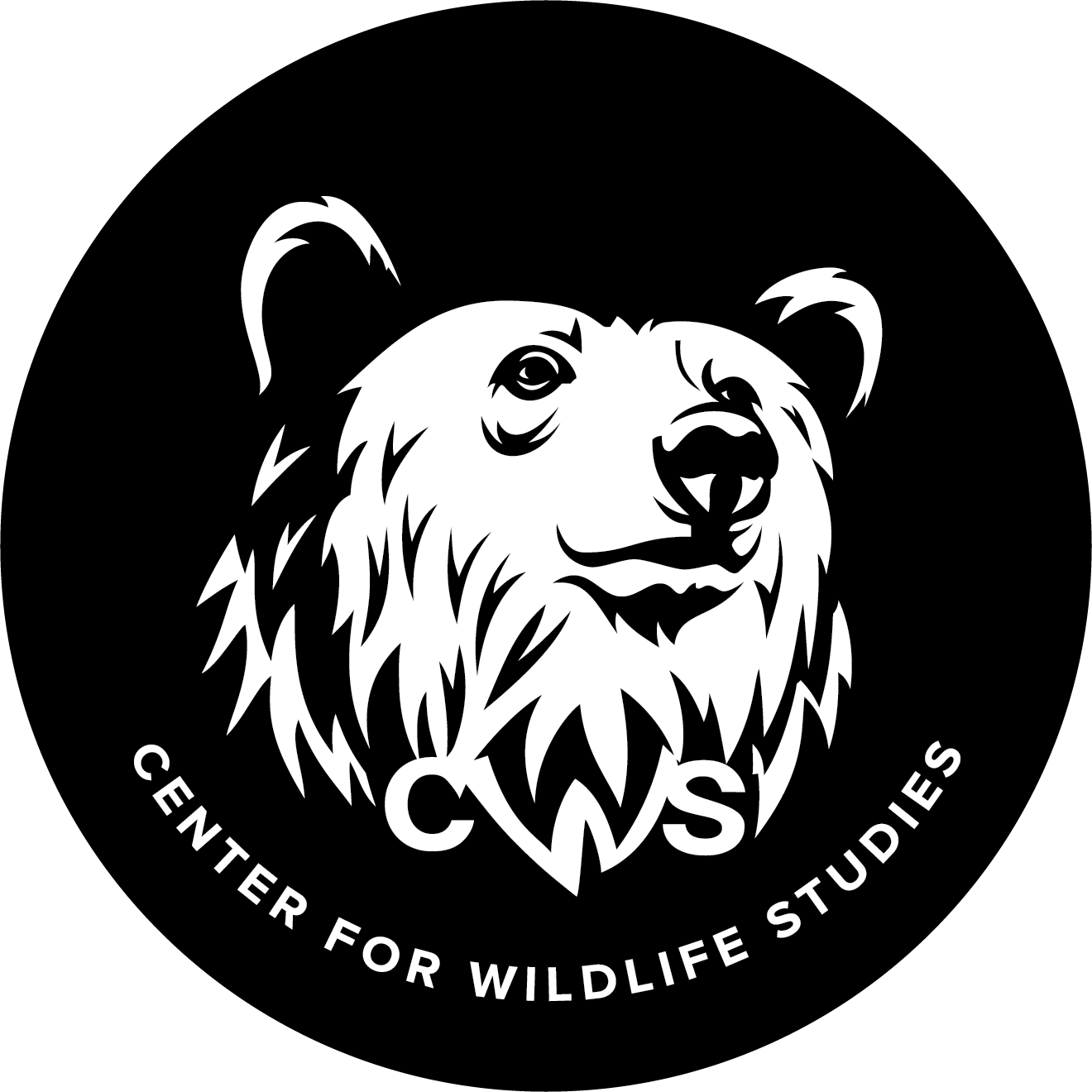Climate-Smart Conservation: Adapting Strategies To Protect Wildlife in a Changing World
As the planet warms and ecosystems are increasingly disrupted, it’s even more urgent to look for new, science-based approaches to conservation. At the Center for Wildlife Studies, we understand that the impact of climate change on wildlife affects not only individual species but also entire ecosystems. Traditional conservation methods, while valuable, are often too rigid or slow-moving to meet the increasing threats of climate change. That’s where climate-smart conservation comes in: the forward-thinking, adaptive approach that integrates climate data, ecological science, and long-term planning to protect biodiversity in a rapidly changing world.
What Is Climate-Smart Conservation?
Climate-smart conservation is more than protecting individual species. It means planning for future environmental conditions, accepting ecosystem-wide solutions, and using innovative tools to manage uncertainty. This strategy blends ecological knowledge with climate science to help determine the best actions for preserving biodiversity. Rather than aiming to restore ecosystems to a past state, climate-smart conservation seeks to enhance resilience and adaptability, ensuring that wildlife can survive and thrive under new climate realities.
Why Current Laws Aren't Always the Problem
A common belief is that existing environmental regulations hinder innovation. But many environmental laws, such as endangered species protections, are flexible enough to accommodate climate-smart approaches. The real challenge lies in how these laws are interpreted and implemented. Regulatory processes are often slow, underfunded, and cautious, resulting in a culture of risk aversion. To succeed, agencies and conservation groups must accept experimentation, adjust permitting processes, and allocate resources toward proactive solutions that match the urgency of today’s climate challenges.
Tools for the Climate-Smart Toolbox
Climate-smart conservation offers a portfolio of tools that can be customized to local ecosystems. These include:
● Habitat restoration and protection to improve ecological health
● Species support techniques like assisted migration and genetic resilience
● Nature-based solutions such as reforestation, wetland restoration, and green infrastructure
● Contingency planning for likely species loss and emerging ecosystems
● Community engagement and locally led adaptation strategies
Many of these tools are already in use, while others remain controversial or underdeveloped. The key is to evaluate options based on scientific data and anticipated future conditions, not only historical norms.
Overcoming Implementation Barriers
Despite the availability of effective tools, several obstacles slow progress:
● Permitting complexity across agencies
● Limited funding and staff capacity
● Risk of litigation, especially for innovative or controversial projects
● A prevalent culture of risk aversion
Addressing these challenges requires leadership committed to changing institutional culture, building governance frameworks that allow for flexible decision-making, and increasing investment in adaptive management.
The Role of Innovation and Risk-Taking
Innovation is not only desirable, it’s essential. To protect ecosystems in a warming world, conservationists must move beyond business as usual. For example, they may explore ways of preserving genetic diversity or plan for novel ecosystems that could arise as climates shift.
Such innovative strategies should not replace foundational conservation principles, but they should be part of an expanded toolkit that reflects the reality of a changing planet.
Looking Ahead: Building Resilience for Wildlife in a Warming World
The impact of climate change on wildlife and ecosystems is accelerating. But there is still time to act. By adopting climate-smart conservation practices, we can strengthen the resilience of natural systems, protect vulnerable species, and ensure that future generations inherit a biologically rich and balanced world.
Interested in learning how to apply climate-smart strategies in the real world?
Whether you're exploring a conservationist career or fulfilling academic requirements, our online courses at the Center for Wildlife Studies can help you build the knowledge and skills needed to make a lasting impact. View our courses and take the next step in your environmental journey.

